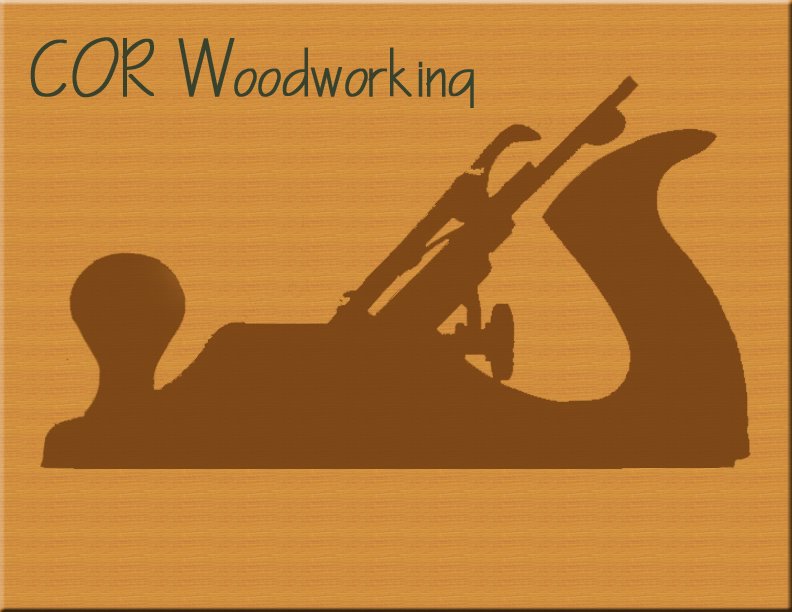
Doing the majority of my work with a #7 bench plane, I find it very helpful to have multiple irons handy to just swap out if one starts to feel dull or slow. The late Allen Peters inspired this practice of having multiple irons at your disposal. Allen, know for only using a #7 for all his work, had four irons always sharpened and ready to use. I also use four irons but they each have a special purpose. I have two irons that are cambered and set up for my everyday joiner needs. A perfectly straight iron is set up with its own chip breaker for quick exchange when I need to shoot or match plane long edges. I can shoot just fine with one of cambered blades but it saves edge life to have a dedicated straight iron for shooting. I can also save the edge life of the straight iron by simply using the plane on its opposite edge on the left side of the shooting board exposing a new section of the iron to the work. The last iron I have in the arsenal is a cambered iron with a 15 degree back-bevel for dense and difficult exotic timbers. I began my hand tool career with a Stanley #8 bench plane that was owned by my great father in law. I loved the heft and size of that tool, but when I decided to upgrade my joiner I went with a #7 because of its versatility. I think the #7 is more versatile because the iron width is 2-3/8” matching its smaller brothers the #4-1/2, #5-1/2, & #6. I owned the #4-1/2 prior to purchasing the #7. With the identical iron width I can exchange my straight and back-bevel irons into my #4-1/2 making my limited shop (space and tools) more versatile. I find having multiple irons allows me to continue working with sharp irons without having to stop to sharpen. Concentrating sharpening sessions and sharpening multiple irons at once seems more efficient and allows me to benefit from the repetition. If you own a hand plane you might consider adding some extra irons to your repertoire.


No comments:
Post a Comment